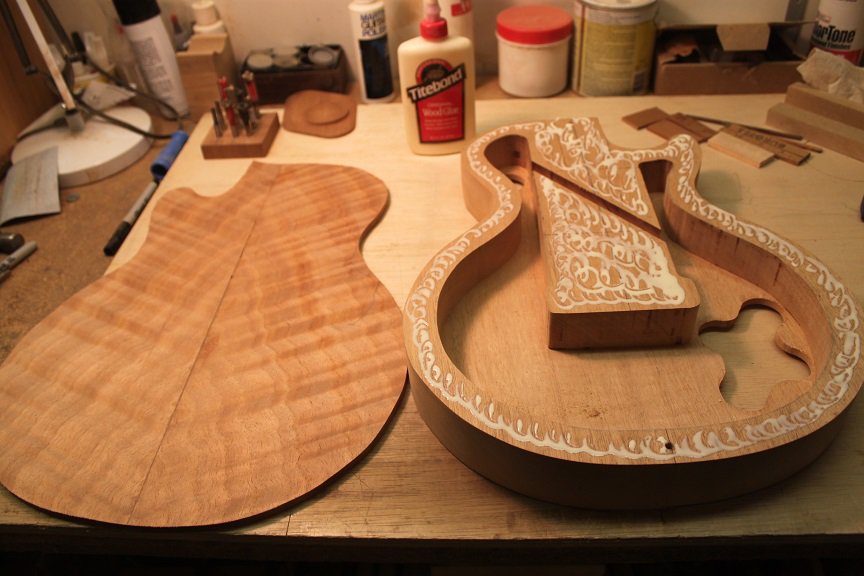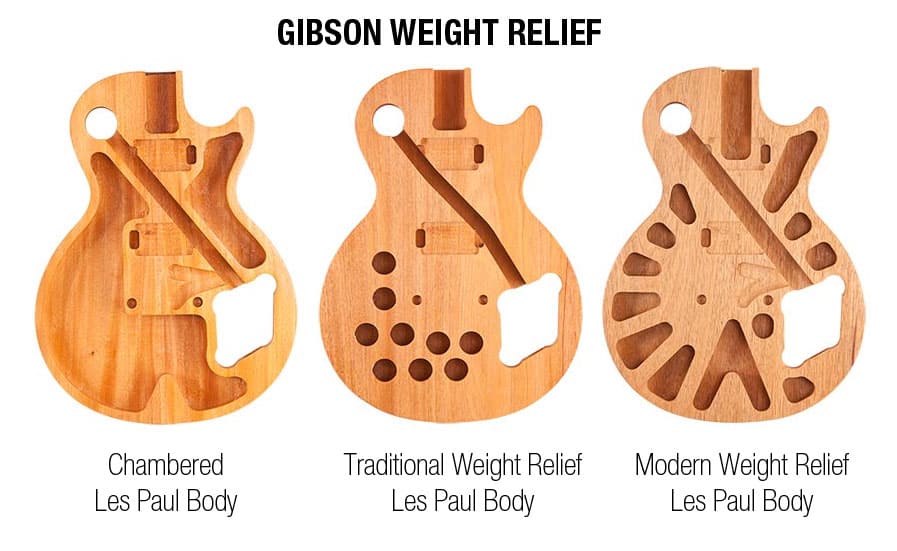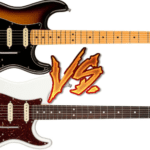The Les Paul is maybe one of the most iconic guitars ever. Since its conception, it became an instrument that many of us always wanted.
But things change with time and so did the Les Paul. Not much altogether, but incrementally through the years. This is why many fans gravitate towards different specific models from particular years.
One of the most divisive changes in the Les Pauls was Gibson’s attempts to make it lighter. An originally completely solid guitar now has had chambered and weight relieved versions.
But what are the main differences between these versions, and how does it affect the instrument?
If you want a short answer about this, here it is:
Gibson started weight relieving Les Pauls in 1983, since then and until 2019 all Les Paul Standards were weight relieved in some way. The traditional way was routing 9 holes in the body. Chambered ones are mostly hollow. Modern and ultra-modern reliefs are compartmentalized chambers with little impact on tone
For those who want to learn a bit more about this topic, in this article, I will cover the most important questions about weight relieved Les Pauls.
I will talk about the differences in construction, and the result in sound. Also, I will try to give a rough estimate of the weight improvement that all of these iterations meant for the guitar.
Are you ready to get started?
Let’s go!
What is the Gibson weight relief process?
Les Pauls are chunky guitars made of mostly mahogany, a wood that’s not particularly light. At a small scale, a manufacturer could source the lightest available stock of this material possible, however, when production increases in volume this task becomes virtually impossible.
This is what happened to Gibson in the 70s, but luckily for them, in that era weight was considered a synonym for sustain and tone.
In the 80s, the market shifted more towards strat-type guitars, and Gibson decided to do something about it. This was when the weight relieved Les Pauls were born.
The Gibson Les Paul weight relief process involves making a series of holes, originally 9 to be exact, across the body below its bottom half, opposite to the control knob section. This reduction in the total mass of the instrument results in a noticeable weight reduction and it’s concealed by the maple top.
Are there different kinds of weight reliefs in Les Pauls?
As you could have seen in the featured image of this article, there were 3 kinds of weight reliefs in the history of the Les Paul. 4 if we get more technical.
The original weight relief solution was just routing some swiss cheese holes in the lower part of the instrument body. Efficient but not as thoughtful or elegant.
A second iteration was the chambered body, which meant that the Les Paul became practically hollow, apart from the center block where most of the hardware was mounted.
Then came a more modern approach to weight reduction, and what’s called the “modern” weight relief. This technique consisted of a mix of the traditional process and the chambering, with a more scientific approach. It was designed to reduce as much weight as possible while trying to not affect tone.
Finally, in the more recent years, the modern process was tweaked further and became the “ultra-modern” weight relief, which is a more refined solution, but very similar to the “modern” one. It tries to solve the same problem, the same way.
Traditional weight relief vs modern weight relief in Les Pauls
The traditional weigh relief is a process that reduces the mass of the instrument by making 9 holes in its body. The modern technique for this takes inspiration from the chambered models but separates the chambers with wood dividers. The later process takes much more wood from the body than the former.
Ultra-modern weight relief
The ultra-modern weight relief in Les Paul guitars is a step further from the modern weight relief technique. It was further refined with the intention of reducing the mass of the instrument with a lower impact on its tone. This process takes slightly more wood out of the body than the modern one.
What does chambered mean in Gibson guitars?

Chambered Les Pauls are the most extreme iteration of the weight reduction. These instruments are virtually hollow all around the center block where the hardware such as bridge and pickups are mounted. This design resulted in a more resonant guitar that is more prone to have feedback issues.
What is the difference between chambered and weight relieved?
Chambered is the most extreme form of weight relief in Les Pauls. All the other weight-reducing techniques take less wood from the body and have a smaller impact on the tone and playability of the instrument.
Difference in weight between solid, chambered, and relieved Les Pauls
The difference in weight among Les Paul guitars, of course, has to do with the construction of their bodies, however, it also has to do with the kind of mahogany the company sourced in that particular year. Even the measurement is likely to be different between two instruments made the same day.
Trees are living things after all and no 2 are alike.
To answer this question I will need to generalize a bit and talk about averages. Take this table with a grain of salt, and don’t expect it to be a perfect representation of the reality of every Les Paul you come across.
| Weight relief method | Average weight |
| Solid-body | 9.5 to 12 lbs |
| Traditional | 9 to 10.5 lbs |
| Chambered | 7.5 to 9 lbs |
| Modern | 8.5 to 10 lbs |
| Ultra-modern | 8.5 to 9.5 lbs |
How does the weight relief affect tone in Gibson guitars?
Heavier solid body Les Pauls have a better response in the low end. However, slightly lighter ones, and perhaps traditionally weight relieved tend to sound clearer on the mids and have more top bite. Modern and ultra-modern relieved ones have this same character. Chambered Les Pauls sound more towards a 335.
But of course, a Les Paul could never be a 335, this is just to give you an idea of what to expect. The resonance of a big chamber really impacts the tone of a guitar, and this is why the chambered models were so polarizing among the fan base.
For all of those who played clean or with a very subtle overdrive, the gains in clarity and openness might have been game-changers, however, all the rock and metal heads surely wanted to smash these guitars on the ground due to their screaming feedback problems when played distorted.
A timeline for Les Paul Standard weight reliefs
Here is a handy table about the kinds of weight reliefs you could expect in Les Paul Standards built in different periods:
| Period | Weight relief method |
| 80s to 2008 | Traditional |
| 2008 to 2012 | Chambered |
| 2012 to 2017 | Modern |
| 2017 to 2017 | Ultra-modern |
| 2019 to now | No weight relief |
It is important to mention that all historic models and the Traditional line of Gibson Les Pauls were never weight relieved.
Some more common questions about Les Paul weight relief
To finish up, here are some specific questions that users might ask about the weight reduction process that Gibson implemented and that I didn’t particularly tackle in this article.
When did Gibson start using weight relief?
Gibson started using the weight relief process in Les Pauls in 1983.
Which Les Pauls are weight relieved?
All Les Paul Standards from 1983 to 2017 were weight relieved in some way or another.
Which Les Pauls are chambered?
All Les Paul Standards from 2008 to 2012 were chambered
Which Les Pauls are solid bodies?
This is a rough enumeration of solid-body Gibson Les Pauls:
- Les Pauls made before 1983
- Current Les Paul Standards
- All Les Paul Traditionals
- Les Paul Jrs.
- Les Paul Specials

Hello there, my name is Ramiro and I’ve been playing guitar for almost 20 years. I’m obsessed with everything gear-related and I thought it might be worth sharing it. From guitars, pedals, amps, and synths to studio gear and production tips, I hope you find what I post here useful, and I’ll try my best to keep it entertaining also.





